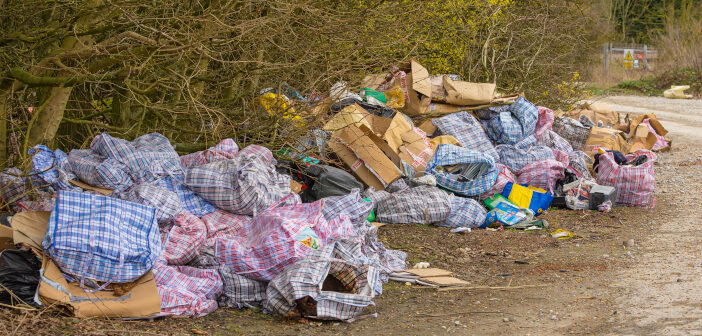A new study by the Game & Wildlife Conservation Trust (GWCT) and Bournemouth University (BU) has found that foxes in the New Forest are consuming large quantities of human food waste, which is likely to be keeping their numbers artificially high. The research estimates that of those foxes removed over the course of a year by wildlife managers, the proportion being sustained by human food waste could be as high as 65%.
During the two-year study, scientists analysed the stomach content of 447 foxes, which showed that, on average, 14% of their diet was made up of anthropogenic, or human, food sources. Their diet also included small mammals, plants, invertebrates, birds, rabbits, hares, reptiles, and 23% unknown material, which could contain even more human-derived sustenance.
The findings suggest that reducing food waste and better refuse management could help manage the local fox population, easing predation pressure on threatened wild birds. Nest predation and poor chick survival is primarily responsible for low breeding success of waders in the New Forest National Park including curlew, lapwing, oystercatcher, and ringed plover, all species of conservation concern that have declined by 24-48% nationally since 1995, according to data from the BTOs Breeding Bird Survey.
The lead author of the paper, GWCT post-doctoral research scientist Nathan Williams, whose PhD was in collaboration with BU said: “We found a wide range of human food items in fox stomachs and the remnants of plastic bin bags. Human food was more likely to be found in fox stomachs that were sampled close to built-up areas and the amount detected was consistent throughout the year, not just during the holiday seasons. This is likely to be a result of food waste being left unsecured by the outdated waste disposal system, and possibly people deliberately feeding foxes. The study also suggests that food waste is likely to be sustaining greater numbers of foxes than the countryside would do otherwise.”




